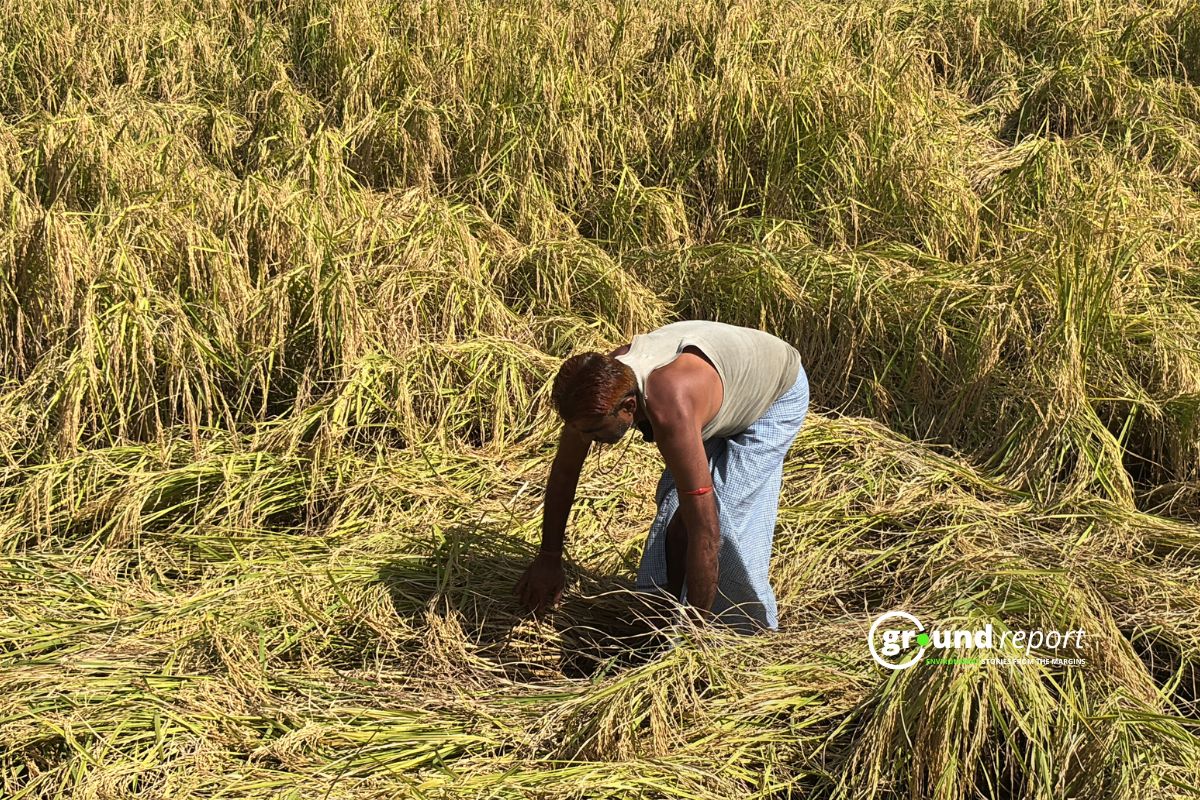As per the latest seasonal outlook from the India Meteorological Department (IMD), most parts of India are expected to experience above-normal daytime and nighttime temperatures, along with increased occurrences of heatwaves during the summer months of April, May, and June.
Already, several states including Madhya Pradesh, Maharashtra, Rajasthan, and Chhattisgarh have reported heatwave conditions or warm nighttime temperatures between March 27 and April 1. Heatwave conditions are defined as maximum temperatures crossing 40 degrees Celsius (°C) for plains areas and being above normal by 4.5°C. Coastal areas have a threshold of 37°C, while hills set theirs at 30°C.
Dr. M Mohapatra, the director-general of meteorology at the IMD, stated on Monday that there is an anticipation of above-normal heatwave days persisting until June.
He mentioned that different states can expect between 10 to 20 heatwave days, contrasting with the usual four to eight days experienced every summer. “We are expecting above-normal heatwave days till June. At least 10 to 20 heatwave days are expected in different states against the normal of four to eight days every summer. It is essential to take extensive steps at all local levels to safeguard public health at this time,” Mohapatra said.
The IMD forecasts above-normal maximum temperatures for India, except for isolated areas in the east, northeast, and northwest regions. This pattern is expected to persist throughout April, May, and June. Similarly, nighttime temperatures are also predicted to be above normal for most of the country, except for certain areas in the Northeast and northwest regions.
High heat, humidity levels in western states
Specifically, the IMD anticipates above-normal heatwave days across the southern peninsula, central India, east India, and the plains of northwest India. States with the highest predicted anomalies in heatwave days during this period include Gujarat, Maharashtra, Rajasthan, Karnataka, Tamil Nadu, Madhya Pradesh, and Andhra Pradesh.
The IMD asked the authorities to take proactive measures as prolonged periods of extreme heat can lead to strain on infrastructure such as power grids and transportation systems.
“This is an El Nino year, so definitely it is affecting the temperatures over India as well. But the latest forecast suggests it is weakening. It is likely to turn into neutral conditions by the time the southwest monsoon makes its onset over India,” said Mohapatra, referring to the periodic warming of the equatorial Pacific Ocean that influences temperatures across countries.
“To address these challenges, authorities must take proactive measures,” the IMD said. “This includes providing access to cooling centres, issuing heat advisories, and implementing strategies to alleviate urban heat island effects in affected areas,” the IMD said.
Union Minister for Earth Sciences Kiren Rijiju today said the country is predicted to experience extreme weather conditions this year, starting at the end of April and coinciding with the general elections, making it crucial for all stakeholders to prepare in advance.
“We are anticipated to experience extreme weather conditions in the upcoming two-and-a-half months. This also coincides with the general elections in which around a billion people are expected to exercise their franchise,” the Union Minister said at a press conference.
Officials prioritize minimizing heatwave impact
Officials have noted the importance of minimizing the impact of heatwaves on large election rallies and meetings. The National Disaster Management Authority (NDMA) has communicated with the Election Commission of India, urging them to issue necessary advisories to all stakeholders, including political parties, regarding preparations for conducting large public gatherings and rallies amidst anticipated severe heat conditions over the next three months.
“A senior official from the Ministry of Health mentioned that the health ministry has issued advisories to states on managing mass gatherings of people, taking into account the unfortunate incidents from last year,” the official stated. Last year, a government function in Navi Mumbai saw several heatstroke-related deaths allegedly due to inadequate arrangements.
Keep Reading
Climate crisis: Increased temperature between day and night affects life on Earth
El Niño extended until April 2024, Raising temperature and EWE
IMD forecasts above-normal winter temperatures across India
Forecasters now predict ‘above normal’ 2023 Atlantic hurricane season: Here’s why
IMD predicts heat waves in these states from April, check list
Follow Ground Report for Environmental News From India. Connect with us on Facebook, Twitter, Koo App, Instagram, Whatsapp and YouTube. Write us on GReport2018@gmail.com and subscribe our free newsletter.
Don’t forget to check out our climate glossary, it helps in learning difficult environmental terms in simple language.






